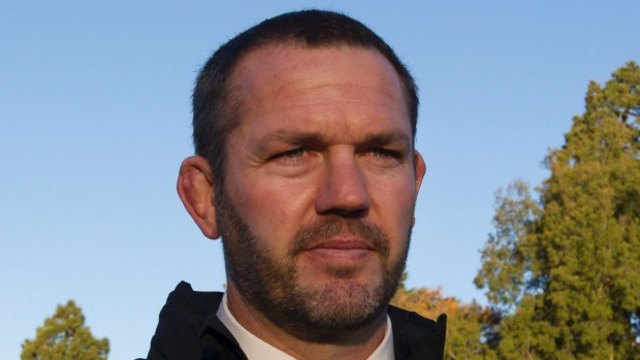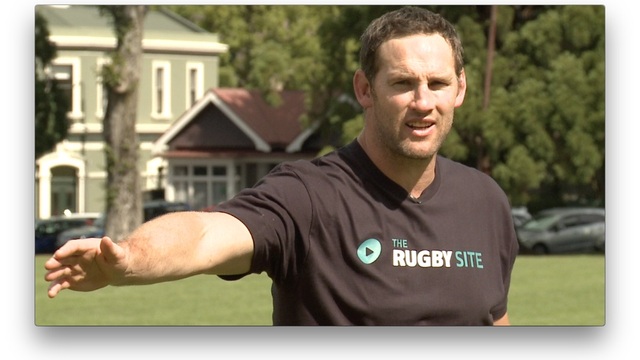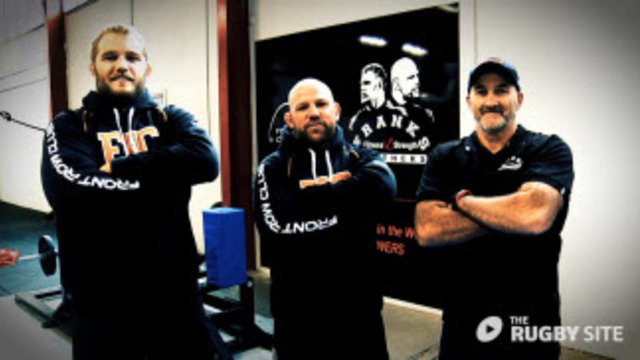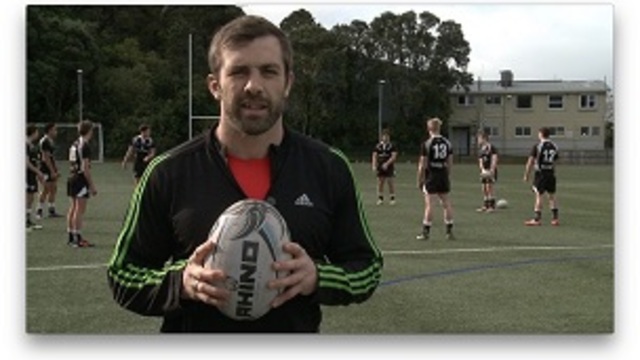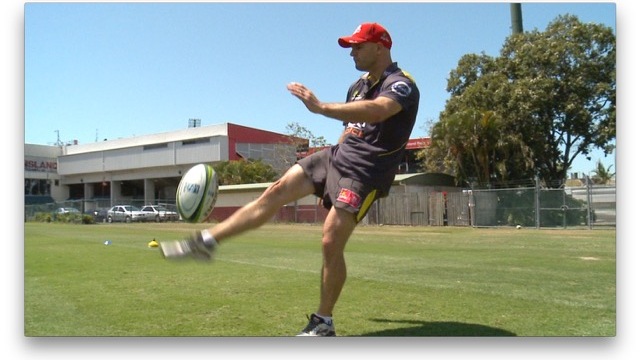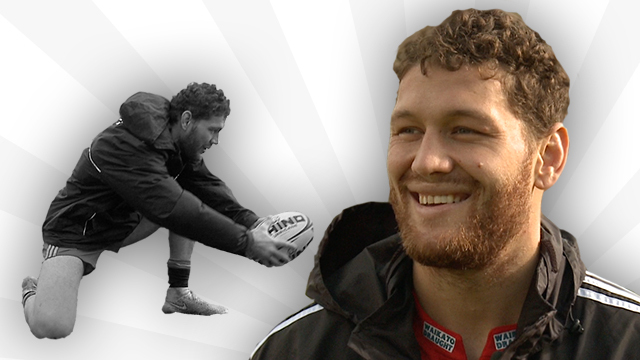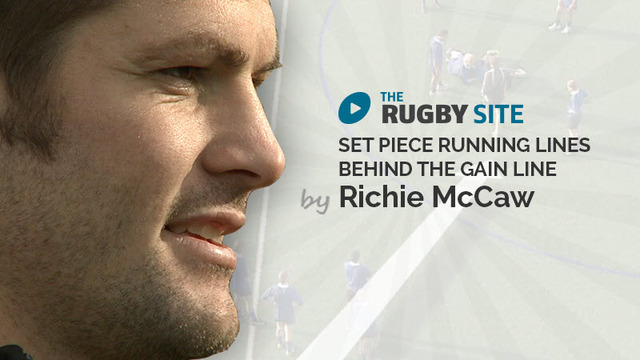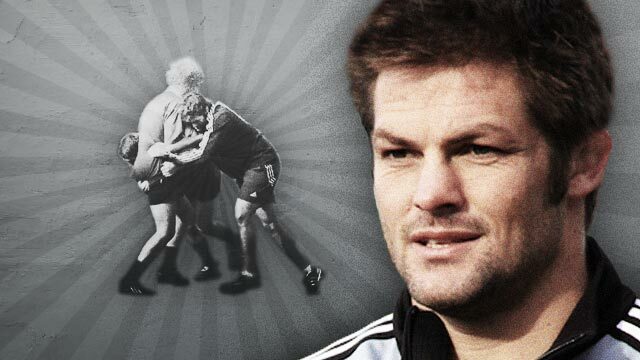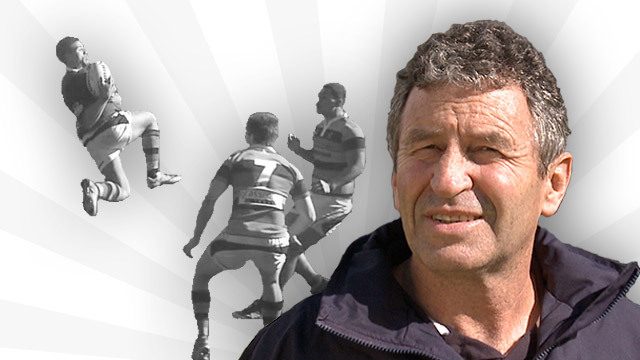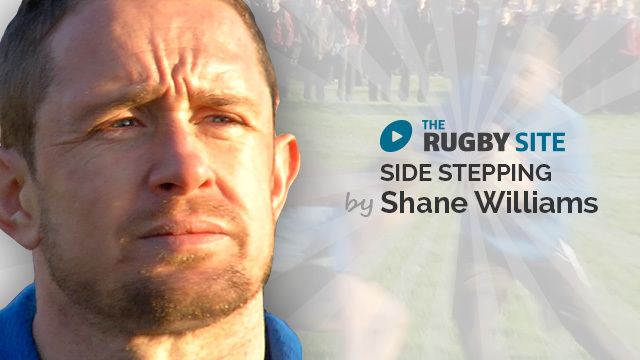It is always easier to organize a good defence than it is to construct a cohesive attack. The final match in the English Premiership bore witness: it was played out between the two top defensive sides in the league, Leicester and Saracens, and there were over 100 kicks in the match.
Both sides were more comfortable in their own skins playing without the ball, unless possession happened to accrue deep within the opposition 22. These teams are formidable in their own right, and with South Africa the current champions of the world, it would probably be fair to say that rugby is still in a cycle where outstanding defence wins most of the big games.
That places an onus on teams who want to play more ball in hand to find new solutions, and a sharper cutting edge. One of the main thrusts in the professional era has been to upskill the tight forwards so that they can become attacking threats in their own right, not just providers for the backs.
This has become particularly obvious in Ireland’s recent renaissance, at national level under Andy Farrell and at provincial level under Stuart Lancaster and Leo Cullen. The Leinster franchise typically supplies 12 or 13 of Farrell’s starting XV, and six of the starting eight forwards in the Test series against New Zealand came from the Dublin province.
One of the movers and shakers in that series was Dan Sheehan at hooker. Sheehan is only 23 years old and in only his second season of senior rugby. That is very young for an international front row forward. He first grabbed the attention of Ireland’s previous incumbent, 124 cap Ulsterman Rory Best after the 2022 Six Nations game against Scotland:
“I thought his performance today was exceptional. He is a real modern-day hooker. He has got unbelievable footwork, great acceleration.
“The line-out by and large was very good, there was just the one loss on the line because of good Scottish defence…
“I think Ireland have unearthed a real gem in Dan Sheehan.” Rory Best
Irish forwards from previous generations rarely used to be known for their footwork and handling ability, but that perception is changing fast.
Ireland used Sheehan as one of their staple carriers in the middle of a three-man forward pod. With forwards matched up on forwards and the defensive spacings tight, sharp footwork of the kind noted by Rory Best is at a premium:
Dan Sheehan makes two carries in three phases, and there are marked similarities in his approach to the tackler. In both cases, the hooker is willing to take a step sideways, or backwards in order the invite the tackler to commit first. Even if it is a tackler as reliable as New Zealand captain Sam Cane, if he plants, he can be beaten.
Once a forward in the middle of that three-man pod has demonstrated the ability to beat a man, he can develop other aspects of his game around it:
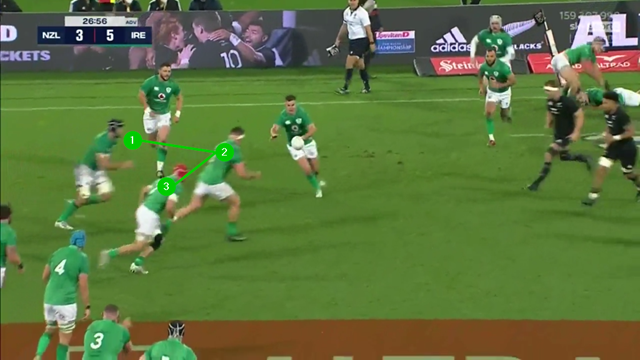
In this case, Sheehan is able to pull the defender (prop George Bower) on to him before passing behind, and that loosens the spacings just far enough for Bundee Aki to make some progress. Ireland scored their second try of the final Test on the following phase from the quick ruck ball Aki delivered.
Sheehan was equally effective in ‘out-of-pod’ scenarios, standing as the “+1” or halfback at lineout:
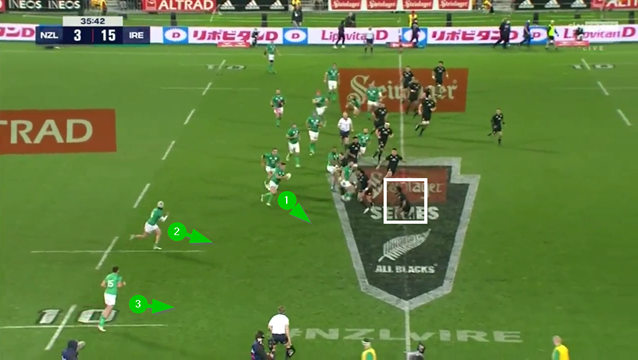
These are two hybrid attacking situations, compared to the pod work. In the first clip it is forward-on forward, with Sheehan penetrating the gap between Cane and hooker Codie Taylor, but the Irish rake is also a playmaker with two backs (James Lowe on the inside and Aki on the outer) running off him.
In the second instance it is forward-on-back directly, with the Leinsterman running straight at the All Blacks first five-eighth Beauden Barrett, and beating him with a step to the outside. Because he has engaged two All Black midfielders on the run (with David Havili making the tackle), there is a lot of space for Ireland to work with out wide on the phase following.
Dan Sheehan is so good with ball in hand that Leinster even design some set-piece moves especially for him as a strike runner, and it is not often that you see a front rower accorded that privilege!

No sooner has Sheehan thrown the ball into the line than he is up on second phase as the featured short-side striker, aiming at the spot where the Bath tackler on first phase is still reloading. He is still facing his goal-line when Sheehan receives the ball at full tilt.
One of tries from Leinster’s Champion’s Cup game against Connacht amply illustrated the skill requirements needs for a modern tight forward:
First number 6 Rhys Ruddock is doing the soft-shoe shuffle to force the tackler to commit early, then Sheehan is double-stepping an international wing (Connacht’s Mack Hansen) in space, one-on-one, to race away and score in the corner.
Summary
The legendary American College Basketball coach John Wooden once said, “Good things take time, as they should. We shouldn’t expect good things to happen overnight. Actually, getting something too easily or too soon can cheapen the outcome.”
Nowhere is this truer than in the upskilling of the tight forwards for a modern Rugby union attack. But nowhere are the results more satisfying, or vital to success.
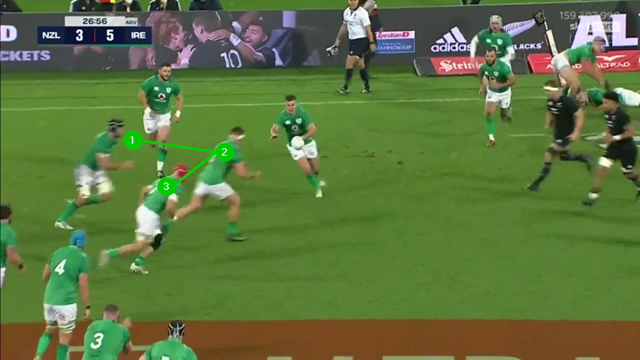




.jpg)
.jpg)
.jpg)

